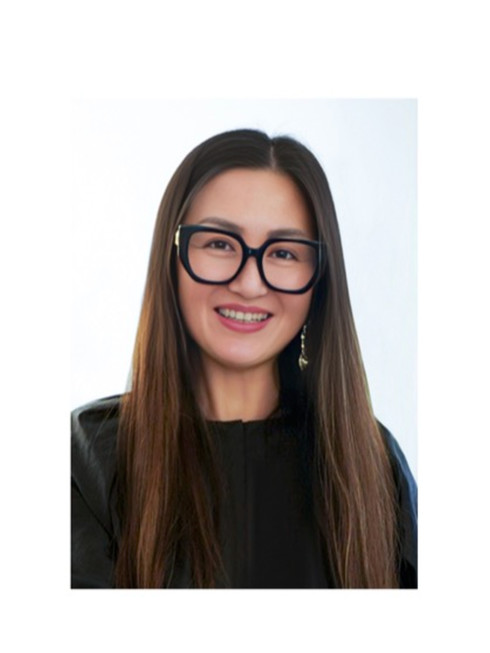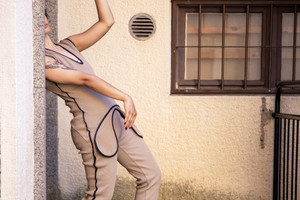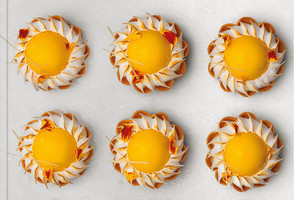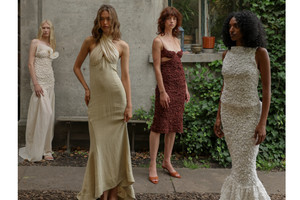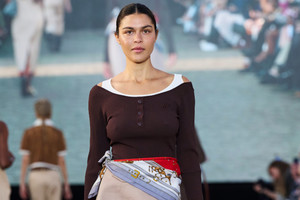FLOSO: Designing a Future Rooted in the Past
Written by Ulrika LindqvistFounded by Ariel Zixin, FLOSO is a studio built on the belief that heritage and sustainability can coexist, not as opposites, but as allies. With a deep reverence for historic fabrics like Loden wool and Tea silk, Zixin creates garments that marry timeless design with contemporary function. In this interview, the designer shares the philosophy behind FLOSO, the textures that inspire her, and the quiet power of clothes made to last.
Ulrika Lindqvist: How long have you been designing, and what inspired you?
Ariel Zixin: I’ve been designing for over ten years. It began with a visceral draw to heritage fabrics, materials with stories woven into them. Loden wool and Tea silk, in particular, captivated me with their history and durability. I wanted to resurrect that spirit instead of simply recycling trends.
UL: What drove you to found FLOSO?
AZ: I wanted to build a space that went beyond fashion. FLOSO is about reviving heritage textiles with honesty and intention. It means creating pieces that respect the past while serving the present.
UL: How do you choose which materials to work with?
AZ: Material selection is everything. We look first for durability, natural beauty, and environmental integrity. Loden wool, for example, is wind resistant, water repellent, and breathable. Tea silk has a structured drape and luminous sheen, thanks to plant-based dyeing and river mud finishing. These fabrics bring rich texture and timeless performance, making them our foundation.
UL: Can you walk us through a typical workday for you?
AZ: My day starts with a morning workout. It clears my mind and energizes my body, often sparking new ideas. At the studio in Birkastan, I explore fabrics and samples, letting texture guide the creative process. I connect with our production team via Zoom to confirm details. When clients visit, I walk them through fittings, offer styling advice, and finalize custom pieces with the right fabric and design.
UL: What is your favorite piece from the current collection?
AZ: I’m especially fond of the Loden Wool overcoat from our Autumn/Winter collection. It has a clean, strong silhouette and all the qualities I value, including protection from the elements, breathability, and understated elegance. It perfectly embodies FLOSO’s blend of function, refinement, and longevity.
UL: What would you say are the 3 core values of FLOSO?
AZ:
Heritage and Craftsmanship: Reviving time-honored fabrics and traditional techniques.
Sustainability and slow fashion: Made-to-order pieces with chemical-free materials and minimal waste.
Timeless Design: Classic silhouettes with subtle personalizations that outlast trends.
UL: How would you describe the FLOSO customer?
AZ: Our customer appreciates quiet luxury as an alternative to fast fashion. They look for pieces with fabric that feels alive, such as the dense warmth of Loden or the soft luster of Tea silk, cut with precision and made transparently. They value garments that grow more beautiful over time rather than faster.
UL: Tell us a memorable moment from your journey with FLOSO.
AZ: One of the most memorable moments was the launch event at our Birkastan showroom. A longtime customer told me, “I don’t just wear your clothes. I live in them.” Hearing that someone feels at home in a piece I helped create was incredibly rewarding. It reminded me why care and heritage matter in design.
UL: What are your plans for the future of FLOSO?
AZ: We plan to expand our bespoke customization, offering more natural fabrics like cashmere, linen, and cotton. We are also developing a limited-edition capsule collection that explores heritage textiles from underrepresented regions. In addition, we will host more art events that transform our showroom into a living gallery to immerse guests in the textures, sounds, and spirit of FLOSO.



